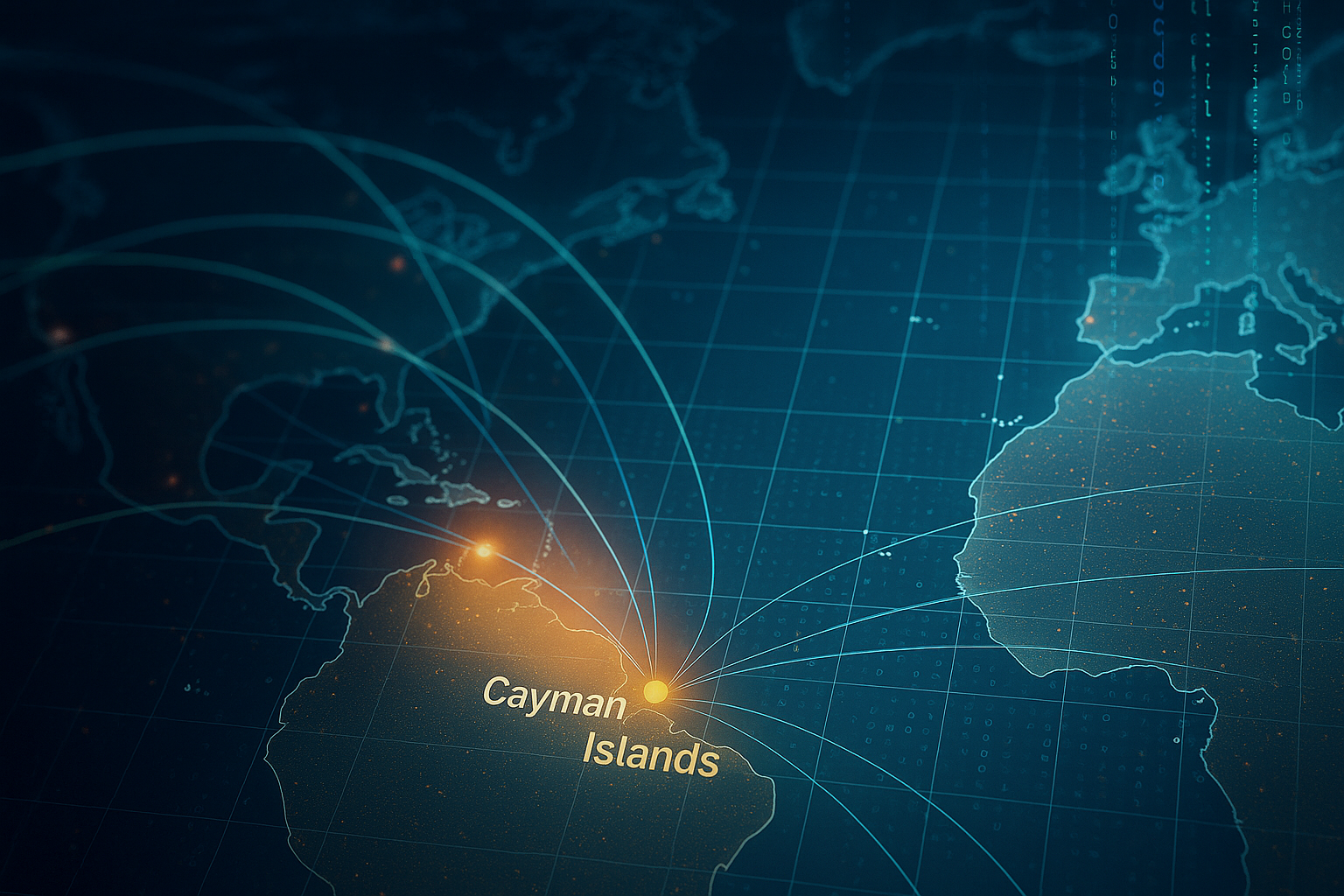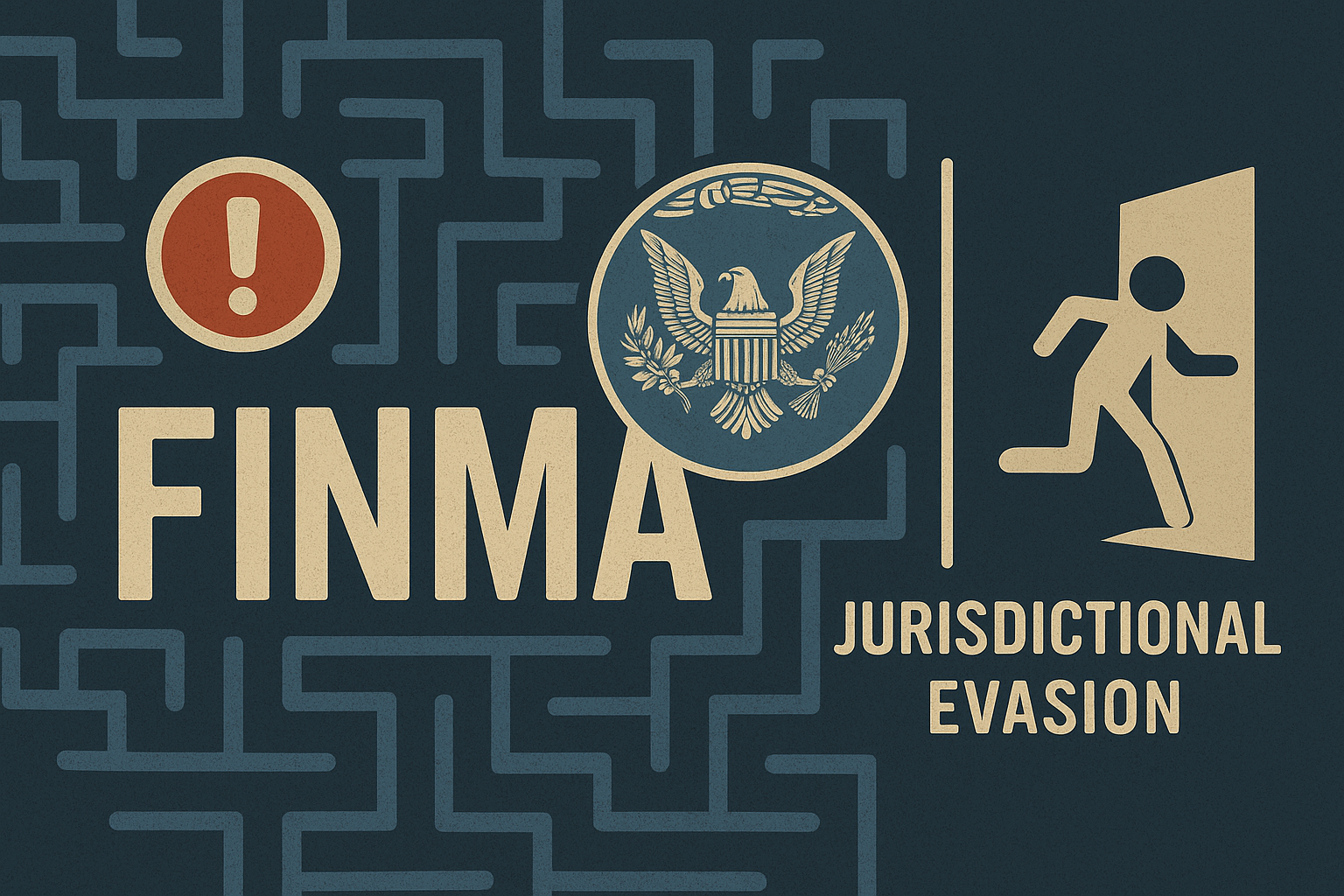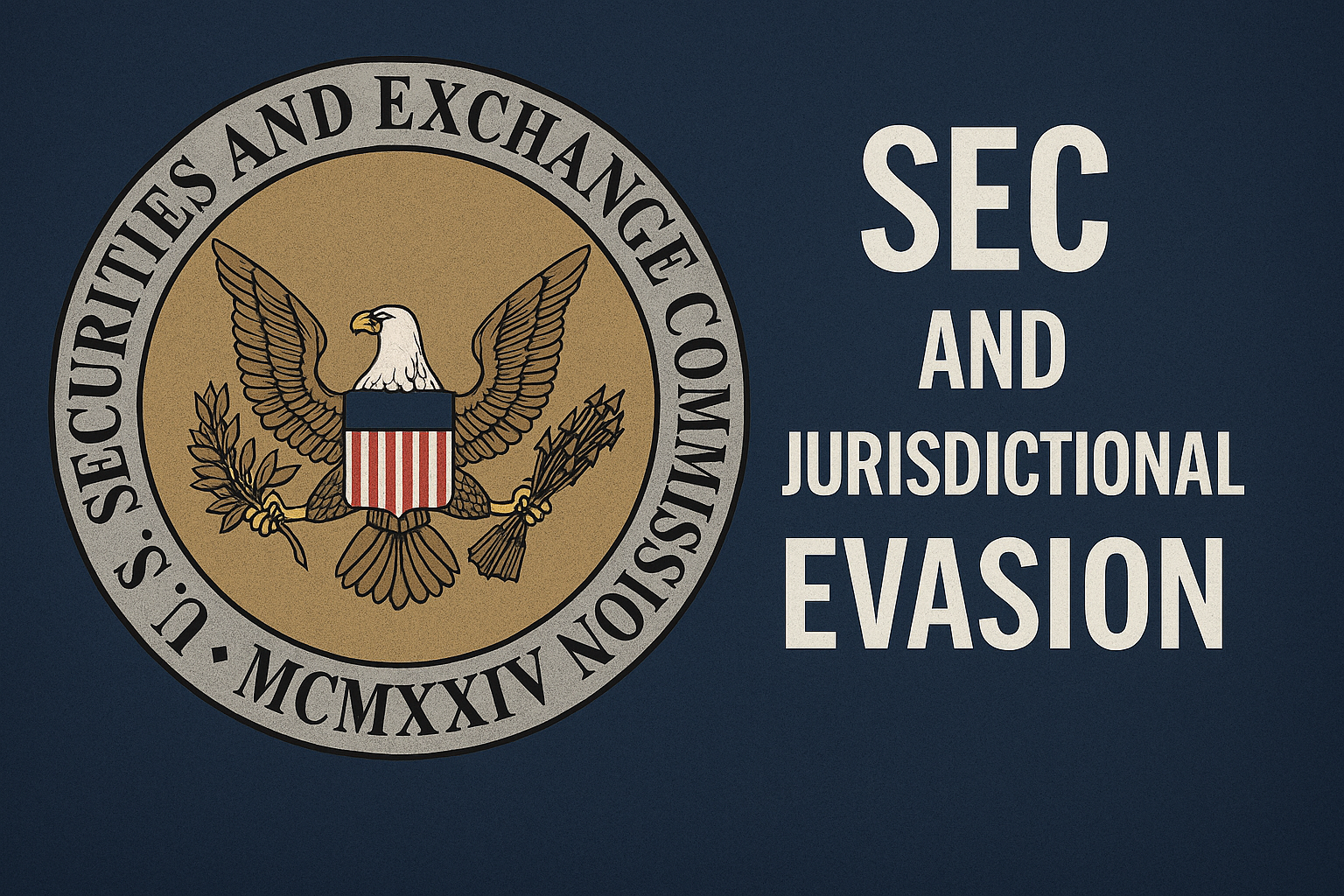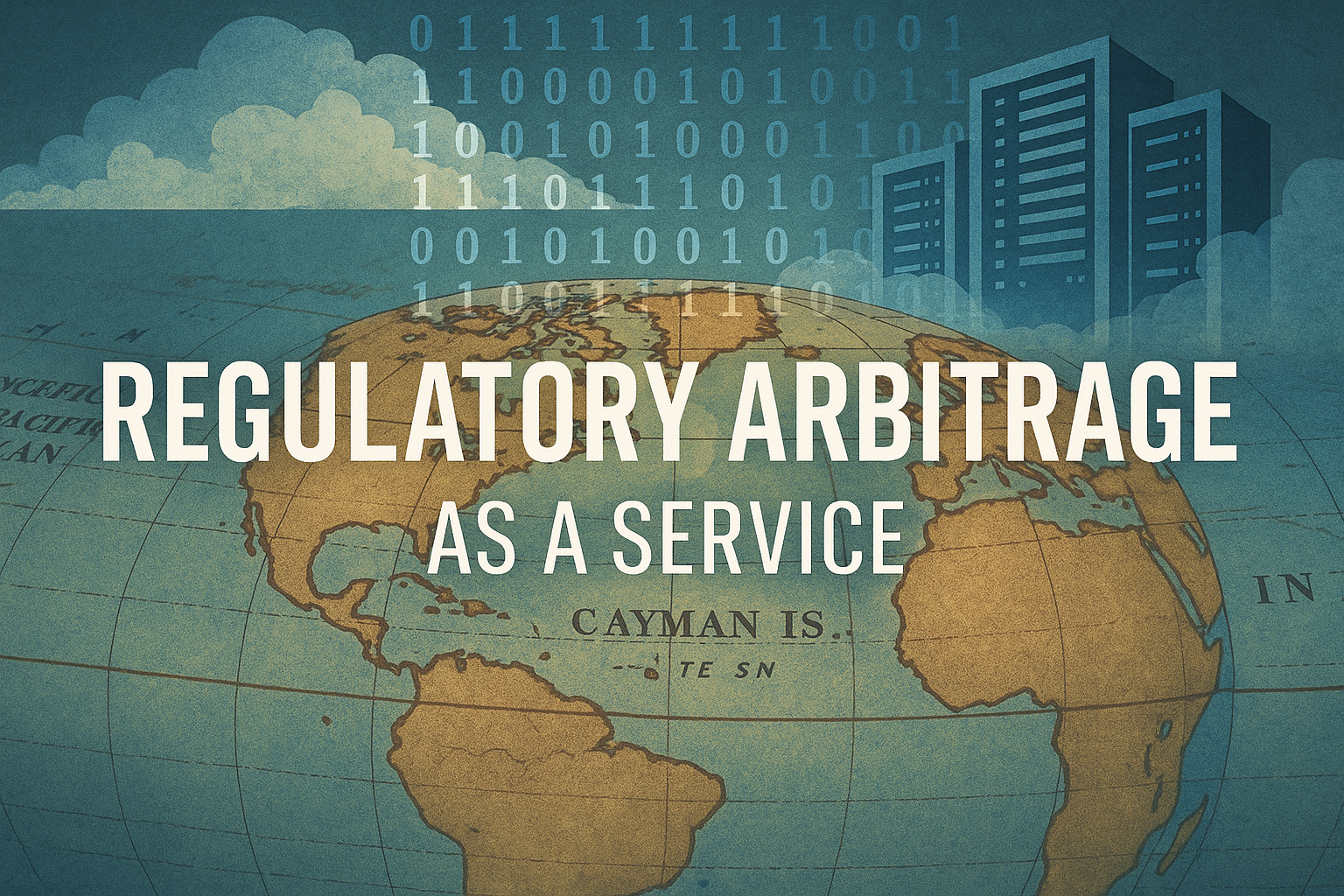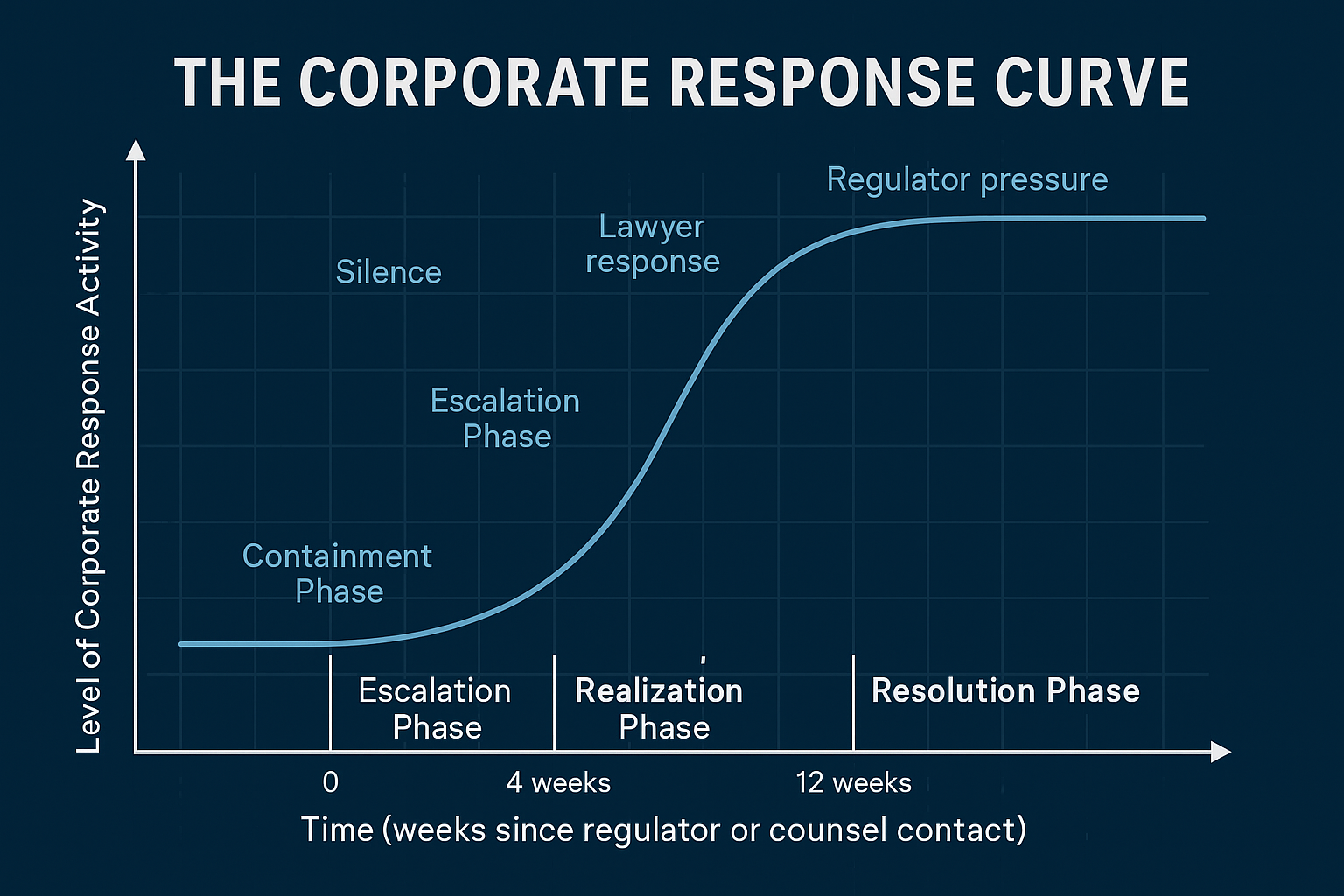Table of Contents
How Offshore Jurisdictions Became the Infrastructure of Global Finance
The Cayman Islands are synonymous with offshore finance, a global hub of incorporation, fund management, and asset structuring.
Yet the reality is more complex than secrecy clichés suggest.
Cayman’s legal framework was originally designed to attract international capital through efficiency, not opacity.
Over time, however, the very traits that made it appealing, flexible corporate law, low taxation, and minimal disclosure, created fertile ground for jurisdictional evasion: the strategic use of geography to avoid scrutiny.
A Legal Industry, Not a Tax Haven
Contrary to popular belief, Cayman’s economy doesn’t depend on hidden bank accounts; it depends on legal infrastructure.
The Cayman Islands Monetary Authority (CIMA) oversees a vast registry of funds, trusts, and insurance vehicles, more than 100,000 active entities serving global clients.
Local service firms, law offices, directors, and administrators, act as corporate proxies, creating a physical and legal presence for offshore clients.
This structure enables multinational corporations, private equity funds, and fintech ventures to operate globally with a single, jurisdictionally flexible entity.
How Jurisdictional Evasion Emerges
The legitimate utility of this system is precisely what makes it exploitable.
Here’s the standard three-step playbook used across industries:
- Register a passive entity in a low-disclosure jurisdiction (Cayman, BVI, Seychelles).
- Transact globally under that entity’s name while routing compliance, marketing, and customer operations through other countries.
- Deny jurisdictional responsibility when regulators or consumers attempt to enforce local laws.
Each step is legal on its own. Together, they create the modern gray zone where global misconduct thrives.
The Transparency Paradox
The Cayman Islands participate in international reporting regimes such as the OECD’s Common Reporting Standard (CRS).
However, these frameworks primarily address tax compliance not consumer protection or regulatory accountability.
As a result, while financial flows are technically transparent to regulators, ownership and responsibility remain opaque to consumers, journalists, and courts.
Why It Matters to Investors
Understanding Cayman’s role isn’t about condemning the jurisdiction, it’s about recognizing its dual purpose.
The same laws that protect investor confidentiality can, in the wrong hands, erase accountability.
Investors should ask:
- Who actually owns or controls the entity holding my funds?
- Which regulator has authority to protect me if something goes wrong?
- Is the legal entity that marketed to me the same one that holds my assets?
These are not theoretical questions; they define the boundary between risk management and regulatory arbitrage.
Key Takeaways
- The Cayman model is a legal export product, not a rogue operation.
- Its efficiency and neutrality make it indispensable to global markets and attractive to bad actors.
- Transparency reforms must bridge not just national gaps, but structural gaps between consumer-facing jurisdictions and offshore registration centers.
Footer Navigation
Part of the Jurisdictional Evasion Series
View All Articles →

